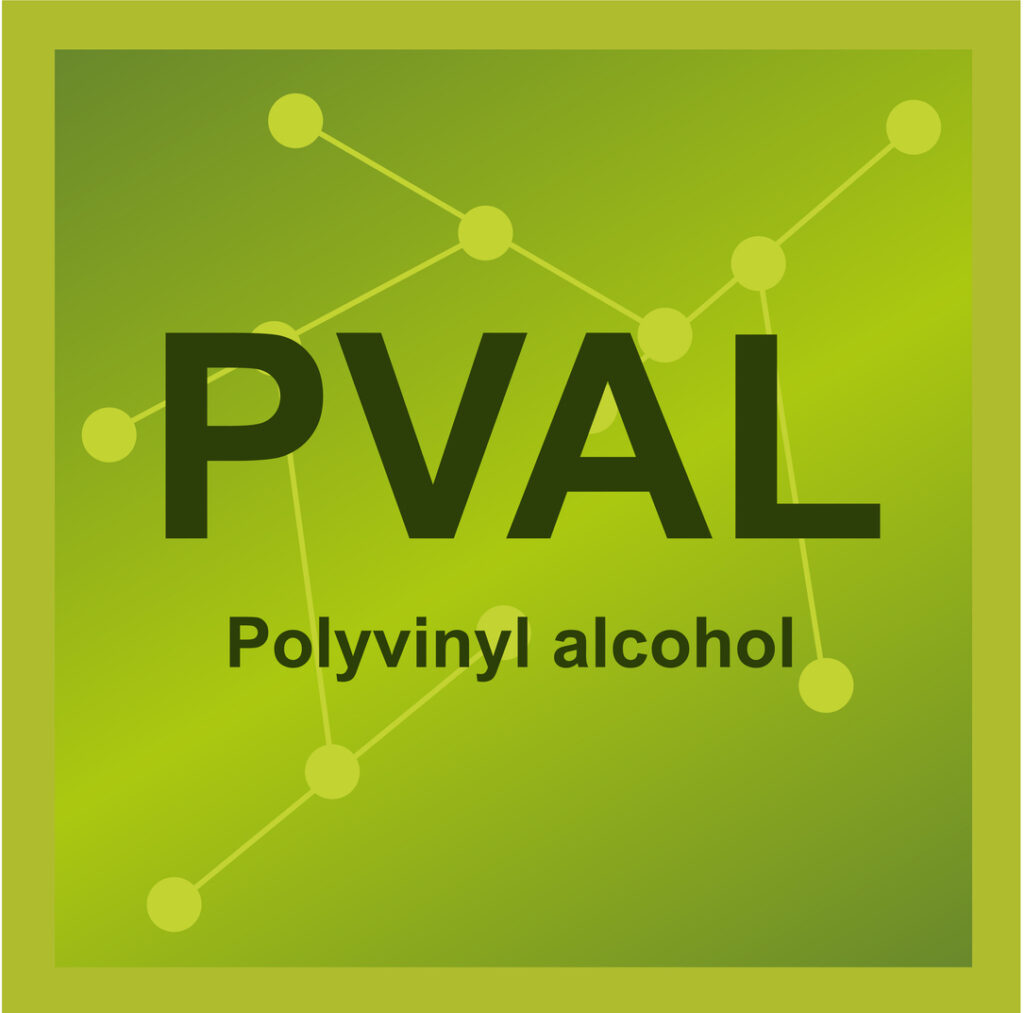
Polyvinyl alcohol (PVA), a synthetic polymer derived from petroleum, is a common ingredient in numerous everyday products due to its versatile properties. It's known for its water solubility, biodegradability under specific conditions, and ability to form films. This film-forming property makes PVA useful in a variety of applications, such as creating water-soluble pouches for laundry detergent and dishwasher pods. PVA's biodegradability, while not perfect, also makes it an attractive alternative to traditional plastics that can persist in the environment for centuries. However, as with many materials, the environmental friendliness of PVA depends on several factors, including its production process, how it's used, and how it's disposed of. Let's explore this topic in more detail.
PVAs are long chains of vinyl alcohol units. They are produced by the polymerisation of vinyl acetate, followed by hydrolysis. This results in a water-soluble, non-toxic, and biodegradable material. PVA is available in various grades, each with different properties tailored for specific applications.

Absolutely! PVAs are ubiquitous in our daily lives. They can be found in:
While PVA is generally considered safe and biodegradable, there are several concerns regarding its environmental impact:
The environmental impact of PVA is a complex issue. While it offers numerous benefits and is considered relatively safe, its potential contribution to microplastic pollution and the challenges associated with its production and disposal raise concerns.
Finding a balance between the utility of PVA and its environmental impact is crucial. Research into alternative, more sustainable materials and improved wastewater treatment technologies is ongoing. Additionally, responsible consumption and proper disposal of PVA-containing products can help minimise their environmental footprint.
As consumers, being informed about the products we use and their potential impact on the environment is essential. By making conscious choices and supporting sustainable practices, we can contribute to a healthier planet.
Chemwatch produces Safety Data Sheets (SDS) to ensure all your users are aware of the hazards related to the chemicals used in products. If you want to know more about the environmental and health effects of chemicals, or how to minimise risk while working with chemicals, we’re here to help. We have tools to help you with mandatory reporting, as well as generating SDS and Risk Assessments. We also have a library of webinars covering global safety regulations, software training, accredited courses, and labelling requirements. For more information, Contact Us today!
Sources